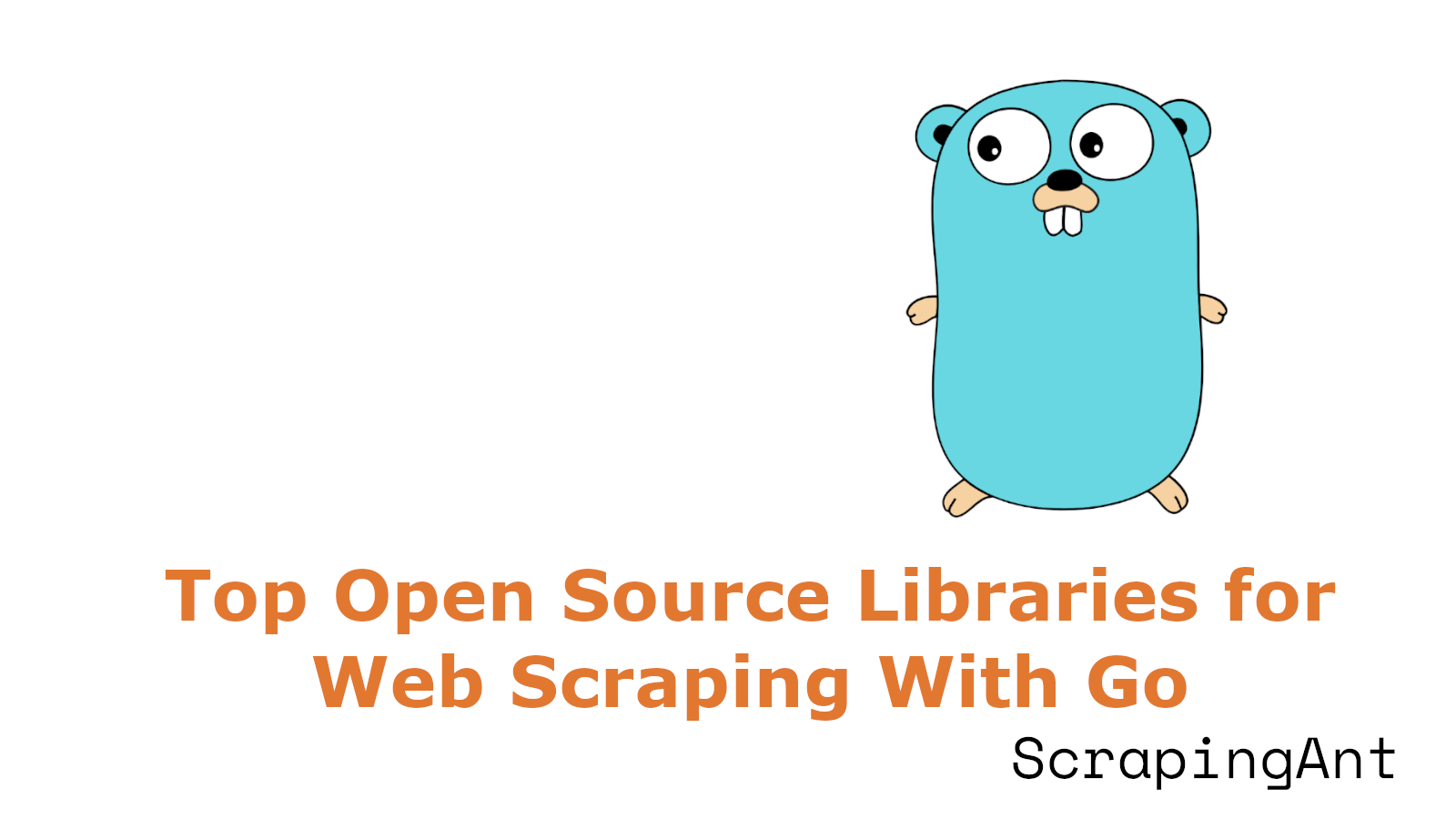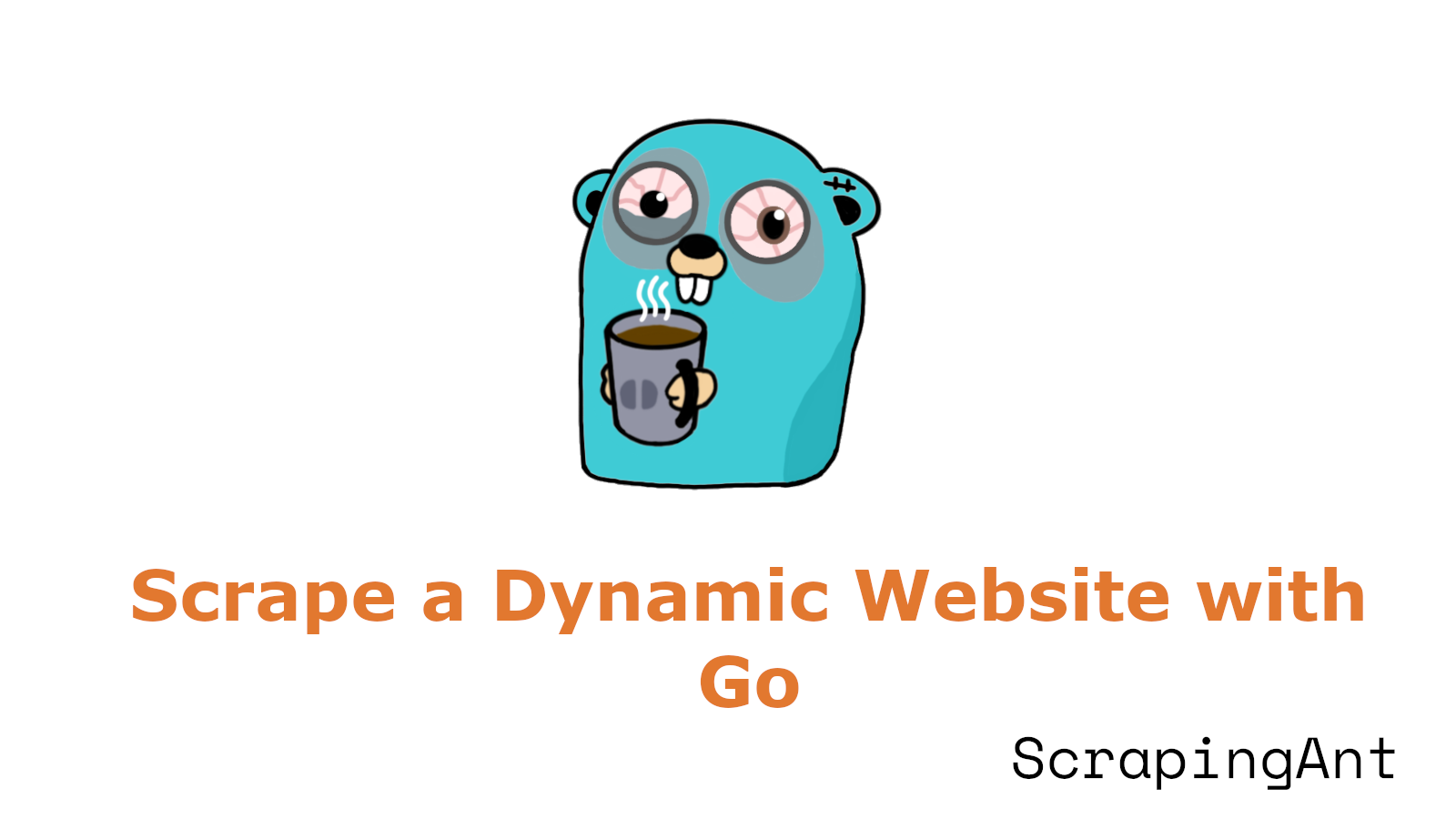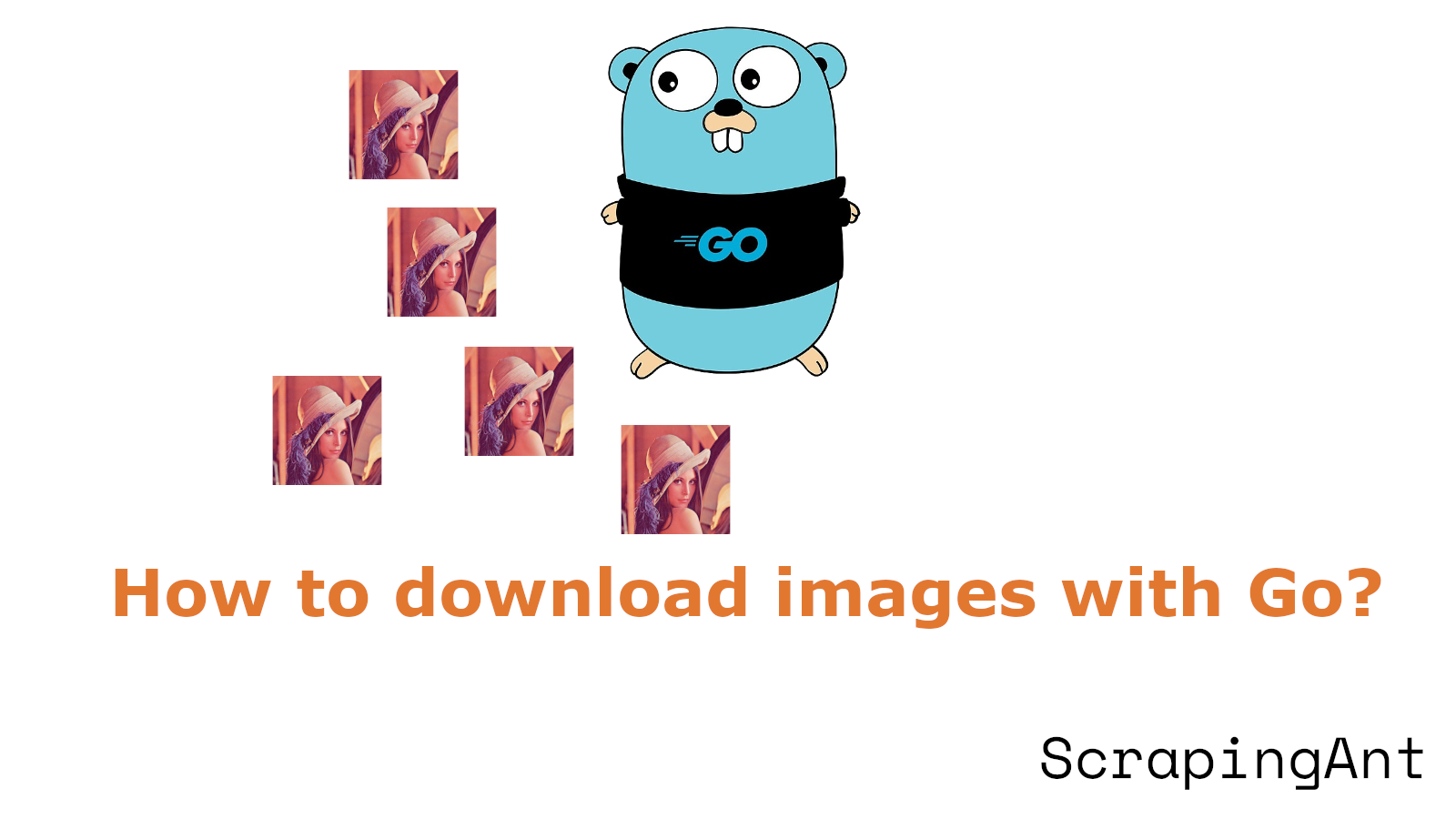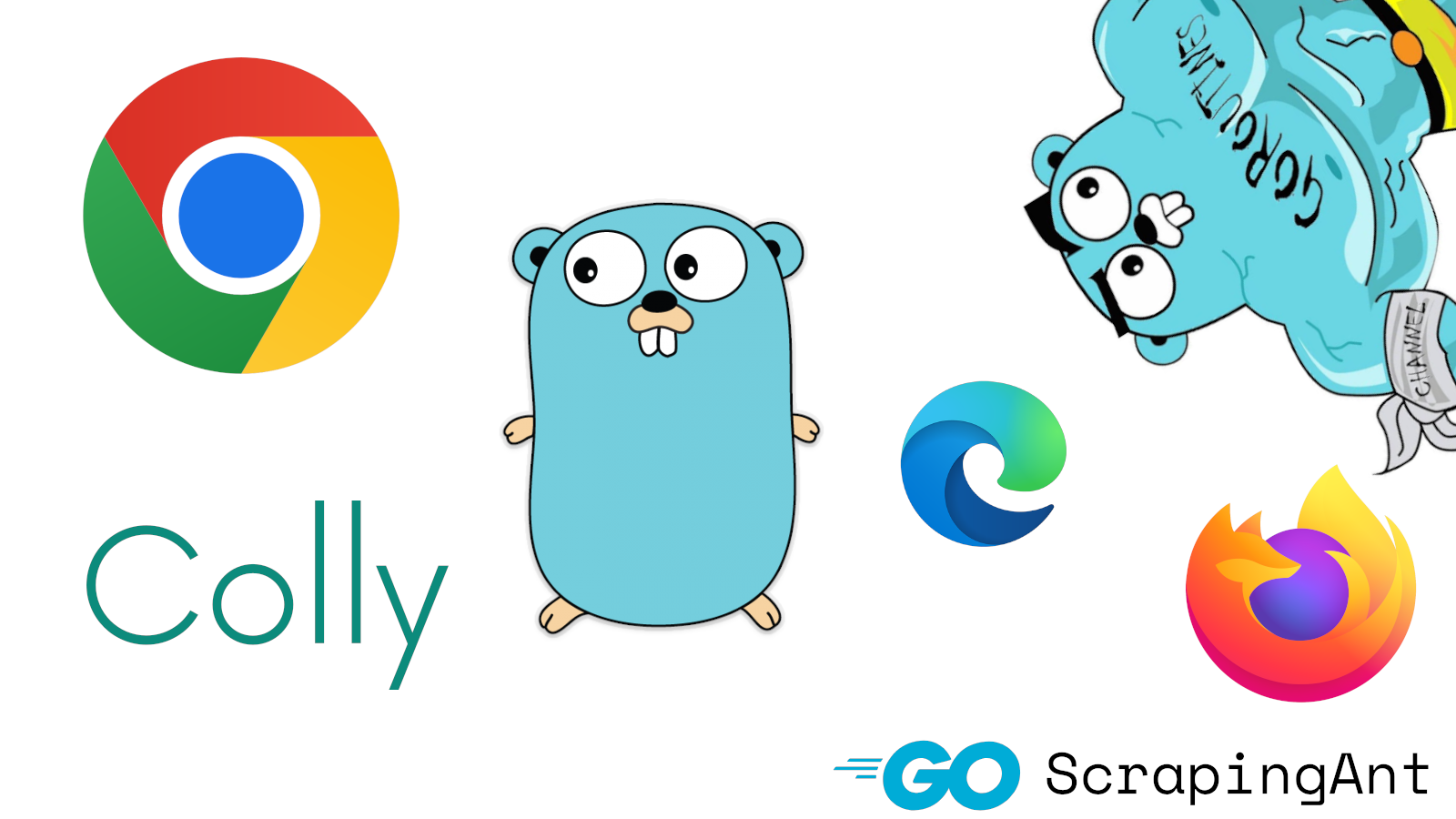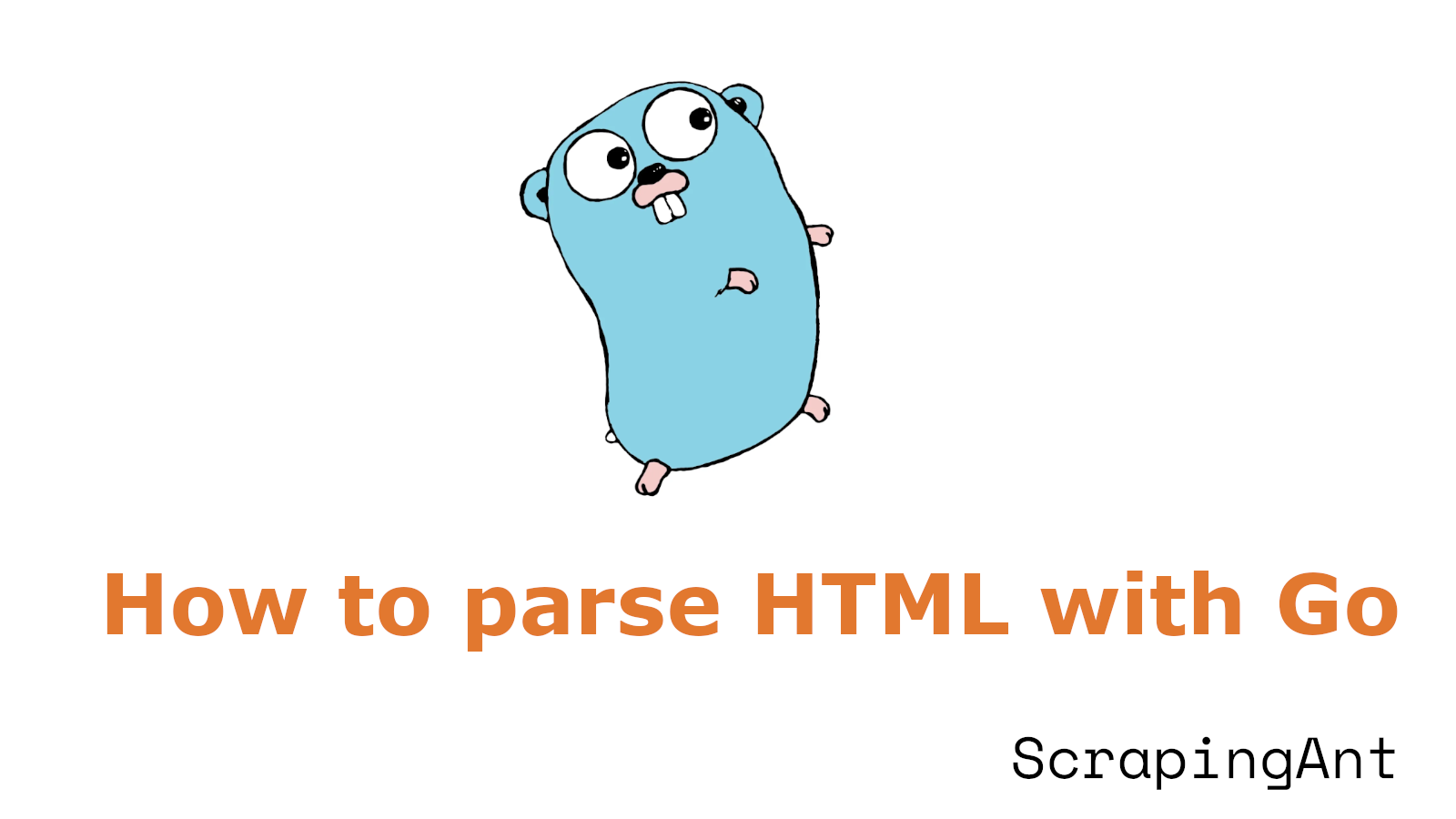
In the ever-evolving landscape of web development, the ability to efficiently parse and manipulate HTML documents is crucial for tasks such as web scraping and data extraction.
Go, a statically typed, compiled language known for its simplicity and performance, offers robust tools for these tasks. Among these tools, the net/html package stands out as a powerful standard library component that provides developers with the means to parse HTML content in a structured and efficient manner.
This package is particularly useful for web scraping, offering both tokenization and tree-based node parsing to handle a variety of HTML structures (The net/html Package).
Complementing the net/html package is the goquery library, which brings a jQuery-like syntax to Go, making it easier for developers familiar with jQuery to transition to Go for web scraping tasks.
Built on top of the net/html package, goquery leverages the CSS Selector library, Cascadia, to provide a more intuitive and higher-level interface for HTML document traversal and manipulation (GitHub - PuerkitoBio/goquery).
This guide will explore the features, benefits, and practical applications of both the net/html package and the goquery library, providing code examples and best practices to help you harness the full potential of Go for your web scraping projects.
